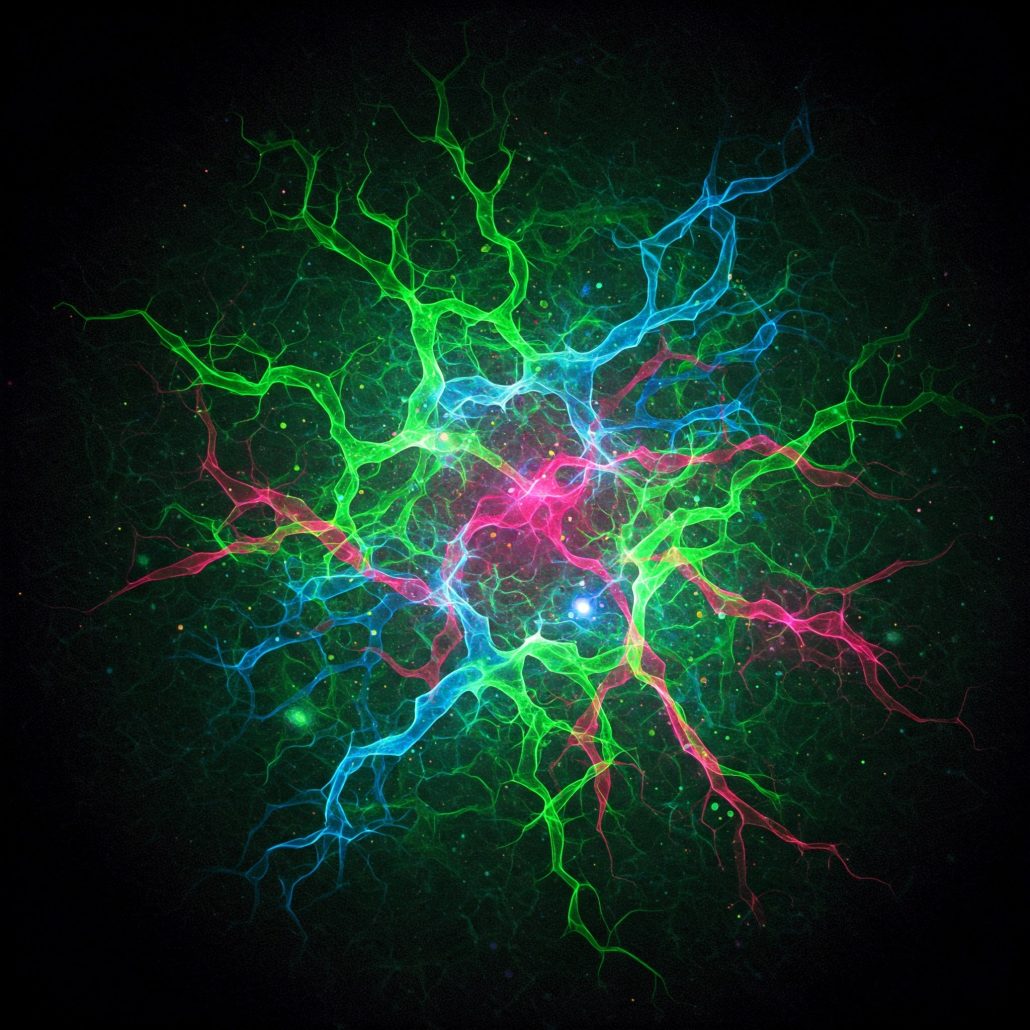The wellness world is abuzz with talk of cannabinoids, largely fueled by the burgeoning understanding of the endocannabinoid system (ECS), a vital network within animals and humans. This intricate system, however, has a distinct counterpart emerging in skincare and topical applications: the Cannabinoid Active System (CBA), a specific product with a very similar name. While both involve cannabinoid-like activity, their origins and mechanisms are fundamentally different. To truly grasp their roles, it’s essential to dissect the inherent ECS and then explore the nature and function of CBA.
The Endocannabinoid System
The endocannabinoid system, a sophisticated internal regulator, acts as a conductor for the body’s equilibrium, known as homeostasis. This network relies on internally produced lipid-signaling molecules called endocannabinoids, primarily anandamide (AEA) and 2-arachidonoylglycerol (2-AG). These molecules interact with specific receptors, predominantly CB1 and CB2, strategically located throughout the central and peripheral nervous systems, as well as immune cells and various tissues. This interaction triggers a cascade of cellular responses that influence a broad spectrum of physiological processes.
From shaping our mood and emotional responses to modulating pain perception and inflammation, the ECS plays a critical role. It also influences appetite and metabolism, regulates immune function, contributes to sleep cycles, and even participates in memory and learning processes. Enzymes like FAAH and MAGL diligently break down these endocannabinoids once their task is complete, ensuring the system remains finely tuned. This dynamic and responsive network is integral to the overall health and well-being of creatures across the animal kingdom, constantly adjusting to maintain internal balance in the face of both internal and external cues.
The Cannabinoid Active System
In stark contrast, the Cannabinoid Active System (CBA) is not an inherent biological system within animals or humans. Instead, CBA refers to a carefully crafted blend of natural oils, typically extracted from plants other than the well-known Cannabis sativa. CBA, simply put, is a product.
The CBA formulations are specifically designed to exhibit cannabinoid-like activity, particularly when applied topically in skincare and cosmetic products. A prime example of a commercially available CBA is Beracare CBA, a development from the Brazilian company Beraca. This system uniquely combines Copaiba oil and Passion fruit seed oil, creating a rich source of specific compounds such as beta-caryophyllene, various terpenes, and unsaturated fatty acids, notably linoleic acid.
♦ Interested in high-quality CBD edibles and merchandise? Check out the FGE shop ♦
The primary way CBA exerts its effects is through interaction with the body’s existing endocannabinoid system, with a particular affinity for the CB2 receptors found in the skin. Beta-caryophyllene, a significant component of Copaiba oil, is a phytocannabinoid known for its selective binding and activation of these CB2 receptors. This interaction is believed to underpin the various benefits attributed to CBA in skincare and wellness applications. These potential benefits include a reduction in inflammation by modulating inflammatory responses within the skin.
Furthermore, some research suggests that CBA can stimulate the production of beta-endorphins, neuropeptides associated with feelings of well-being, comfort, and pain relief, potentially leading to a calming and de-stressing effect on the skin. The anti-inflammatory properties, coupled with a potential influence on cellular processes, may also contribute to improved skin healing. By addressing inflammation and promoting beta-endorphin release, CBA is also thought to soothe sensitive or irritated skin and may even contribute to a more balanced skin microbiota.
Cannabinoid Active System VS Endocannabinoid System
The fundamental divergence between CBA and the endocannabinoid system lies in their very nature. The ECS is an intrinsic biological system, a product of our own physiology, complete with self-produced signaling molecules. Conversely, CBA is an external formulation, a blend of plant-derived oils engineered to mimic or engage with specific aspects of this internal network. Their components also differ significantly.
The ECS comprises endocannabinoids, cannabinoid receptors, and metabolic enzymes, while CBA typically consists of plant-derived oils rich in phytocannabinoids, terpenes, and fatty acids, lacking the inherent complexity of the ECS’s full suite of components. Consequently, their mechanisms of action are distinct. The ECS operates through the body’s own production and regulation of endocannabinoids, which then bind to their receptors to orchestrate a wide range of physiological processes. CBA, on the other hand, works by introducing exogenous plant-derived compounds that can interact with existing cannabinoid receptors, particularly CB2 receptors in the skin, to elicit localized effects.
The scope of their action also sets them apart. The ECS is a systemic regulator, influencing everything from the central nervous system to the immune system. CBA, primarily designed for topical use, focuses its impact on skin-related processes such as inflammation, healing, and sensory perception. Furthermore, their regulation differs. The ECS is self-regulated, with endocannabinoid synthesis and breakdown constantly adjusting to the body’s needs. The effects of CBA, however, depend on the concentration applied and the individual’s unique response to the plant-derived compounds. Finally, a key distinction lies in psychoactivity. Endocannabinoids themselves do not typically induce psychoactive effects like THC. Similarly, CBA formulations like Beracare CBA, derived from non-Cannabis sativa plants and focusing on compounds like beta-caryophyllene, are non-psychoactive, setting them apart from some Cannabis-derived products.
Conclusion
In conclusion, the Cannabinoid Active System represents an innovative approach to harnessing the body’s existing endocannabinoid system for targeted benefits, particularly in the realm of skincare. By leveraging the properties of plant-derived compounds like beta-caryophyllene, CBA can interact with cannabinoid receptors in the skin to potentially deliver anti-inflammatory, soothing, and healing effects. However, it is crucial to understand that CBA is not synonymous with the intrinsic endocannabinoid system. The ECS is a comprehensive and far-reaching regulatory network with endogenously produced molecules, while CBA is an externally applied formulation designed to engage with specific elements of this system. Recognizing this fundamental difference is key to appreciating both the body’s natural regulatory capabilities and the novel solutions offered by systems like CBA in the pursuit of wellness and skin health.






